We spent a very quick 2.5 days in Berlin and really packed in the history lessons during our time there. History was never a strong subject of mine in school, and I have at best a laughable working knowledge of important historical dates (as anyone who has played Wits and Wagers with me could attest to), so being in Berlin and learning so much about the 1930s to 1980s has been as educational for me as it has been for the children.

We only had two full days for sightseeing, so we had to be efficient and strategic in our planning. Things worked out even better than we’d hoped as somewhat by accident our first day focused on the Cold War and the second day on the Nazi regime along with WWII. I’ll write about our experiences as history unfolded instead of how we ended up approaching the sites.

Day 2 started out as pretty much any other day, with us searching for coffee. As a side note, we’ve found it hard to completely satisfy our coffee cravings on this trip as most cafes serve a single size, which is typically between 4-5 oz. Anya even ended up double-fisting it a couple days in Rovinj to get enough liquid nourishment. So, imagine our surprise our second day in Berlin to wander into Balzac Coffee and see three sizes from which to choose! I was really excited to order a big cappuccino, for one because it would fulfill my craving, and for two because it allowed me to order a “Gross Cappuccino” (gross being the German word for big). On a similar side note, I thought it was hilarious when our taxi driver in Berlin was preparing some child car seats and told Findlay in a mix of languages that he was “too gross for a car seat”.
So, armed with all the caffeine and dairy we could handle, our first stop on our WWII day was a museum called the Topography of Terror, which had both outside and inside exhibits detailing the years between approximately 1933-1945. The exhibits are actually located at the same site where a number of primary Nazi headquarters once stood. The inside exhibits started with Hitler’s rise to power in 1933 and systematically stepped through the events of the next 12 years. I’ve long wondered what the telling of these historical events would look like inside Germany—it is much the same as anywhere else in the world. The Germans don’t try to minimize or sugarcoat the atrocities that occurred in the 1930s and 1940s. In fact, just this month on September 1st, on the 80thanniversary of the start of WWII, Germany’s current President, Frank-Walter Steinmeier, spoke in Warsaw and said, “My country unleashed a horrific war that would cost more than 50 million people – among them millions of Polish citizens – their lives. This war was a German crime. I…want to tell all Poles today that we will not forget. We will not forget the wounds that Germans inflicted on Poland. We will not forget the suffering of Polish families and nor will we forget the courage of their resistance.”

The open air exhibits outside in the Topography of Terror focused on how Poland was caught between Nazi Germany trying to annihilate them from the west, and the communist Soviet Union trying to overtake them from the east. Within a 16-day period in 1939 Poland was invaded by both Germany and the Soviet Union. I’ve long known about the crimes committed against the Jewish people by the Nazis, but I didn’t realize before how singularly focused Hitler was on wiping out Poland and how the Poles were having to fight for their freedom and their very lives on multiple fronts against two very different enemies. It was really moving to read about the years-long struggle of the Polish people and how they would not give in despite insurmountable odds. Their spirit is displayed in a quote shown at the exhibit, “We wanted to be free and to owe this freedom to nobody.”
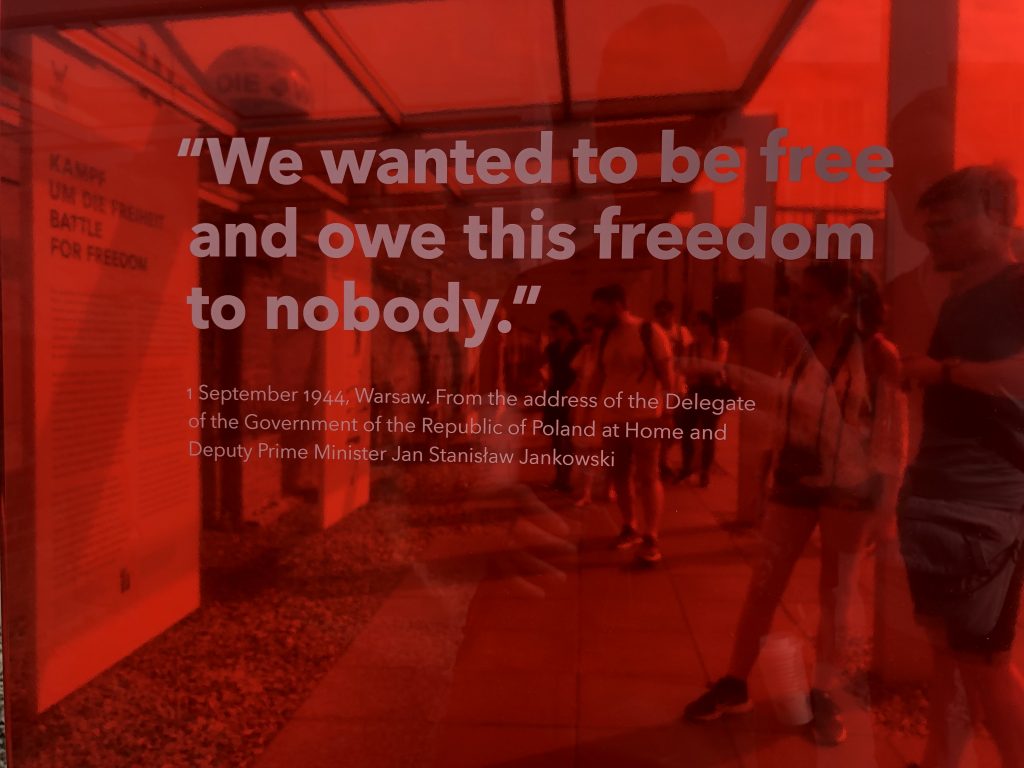
Following our visit to the Topography of Terror, we had lunch (and an emotional rest) before touring the Holocaust Memorial, which is also explicitly called the Memorial to the Murdered Jews of Europe. We all walked along the monument outside, but only Anya, William, and I took turns touring the inside exhibit which was not recommended for children. As with all Holocaust memorials, this one was very stirring and had a lot of personal touches with diary entries and letters from victims. We could never fully grasp the extent of what people went through during WWII and the years surrounding it, but being at the geographical center of where it all started helped to make it all the more realistic and powerful in our understanding. In helping our children digest the point of visiting these memorials, which can be difficult to see, we’ve talked about how it’s important to remember the mistakes of the past, in part to help prevent them from reoccurring. As Primo Levi (an Italian Jewish Holocaust survivor) said in a quote that hangs at the Holocaust Memorial, “It happened, therefore it can happen again: this is the core of what we have to say.”
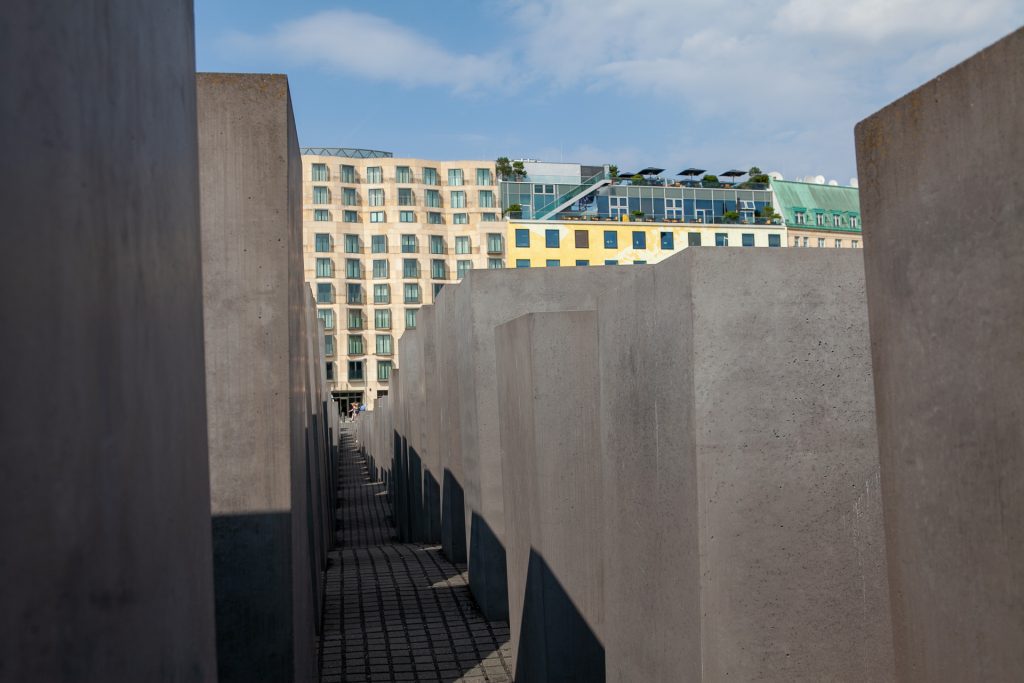
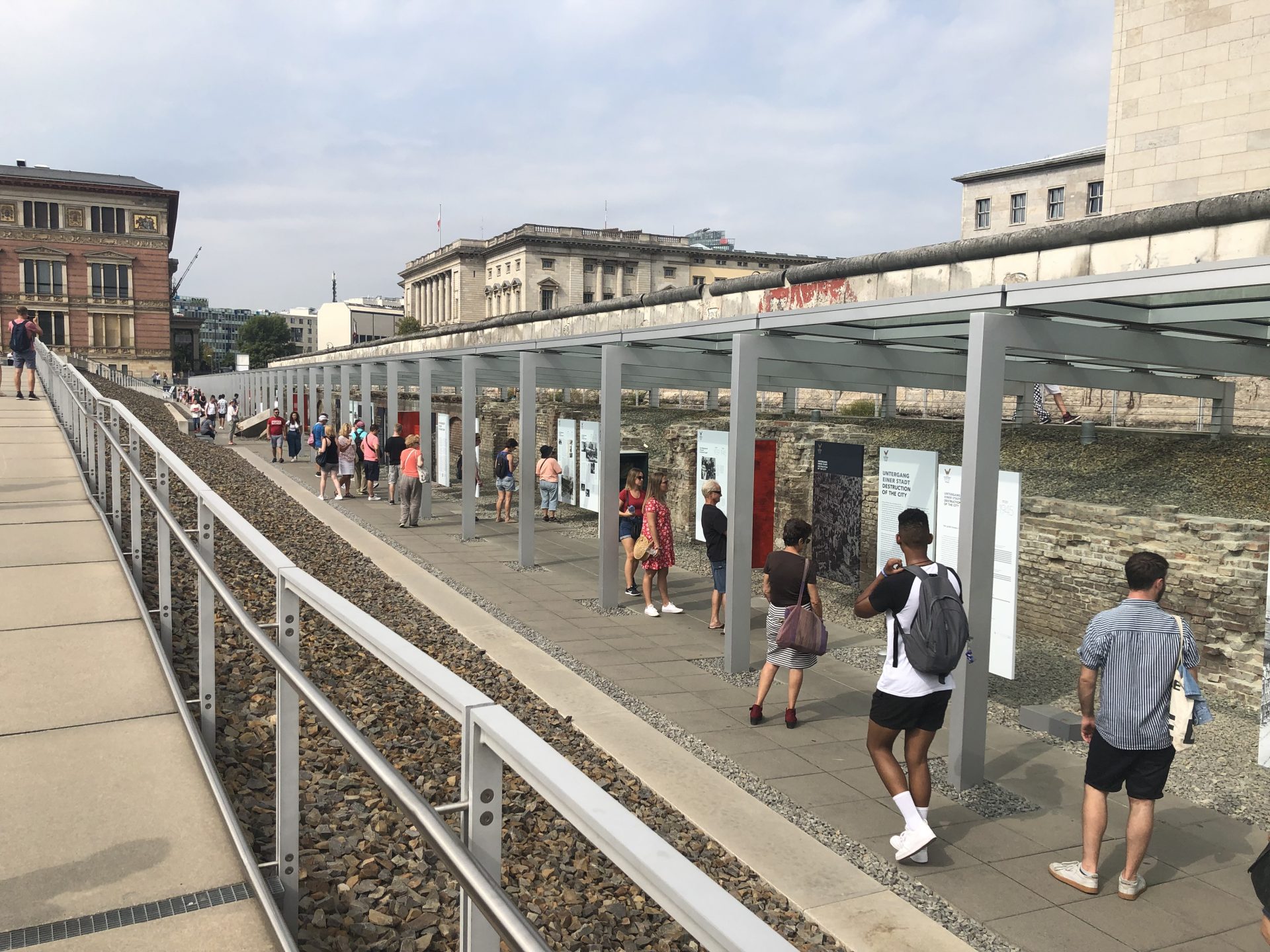


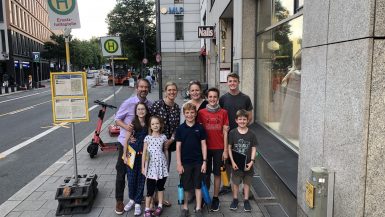
Interesting quote, which is exactly how Hitler planned it. Just read, “The Boys In The Boat”, which occurred during the depression and the beginning of WWII. The 1936 Olympics were in Germany and Hitler planned it to exactly cover up what was going on inside Germany, and to leave a wonderful impression of Germany and his regime to all who attended. Great book if you haven’t read it.
Yes, that’s such a great book! Anya and I have also read it and Willam read the youth adaptation. So much amazing literature and films have come out of such a terrible time. We showed William Swing Kids a couple nights ago and also rewatched Life is Beautiful. It’s been many years since I’ve seen either of those and watching them now after studying WWII has been really interesting.
I was in Berlin a few years ago. It’s wonderful that all of you can see that history! Safe travels….Love, Kathy Loveless
Nice! Hopefully you were able to dodge all the bicycles flying around everywhere (we had some near misses). Great to hear from you Kathy, say hi to Andy and Joelle for us!
Thank you, Michael. I appreciate your words. I can only imagine the emotional impact of seeing this memorial and taking in the realities of the past. I was brought back to the book, “Unbroken” I read. This and more of the histories/memorials your children can experience are priceless.
Hi Lorinda! Definitely, that’s another one I’ve been thinking of a lot as well.
In addition to learning so much about the history of Germany during WWII, I think the highlight I got from this article is to see the smile of Anya in one of the pictures! I guess she usually takes photographs, so seeing her smile is special!
I agree it’s a highlight to see her smile! I’ll try to be better at making sure she’s represented in the pictures on here 😁